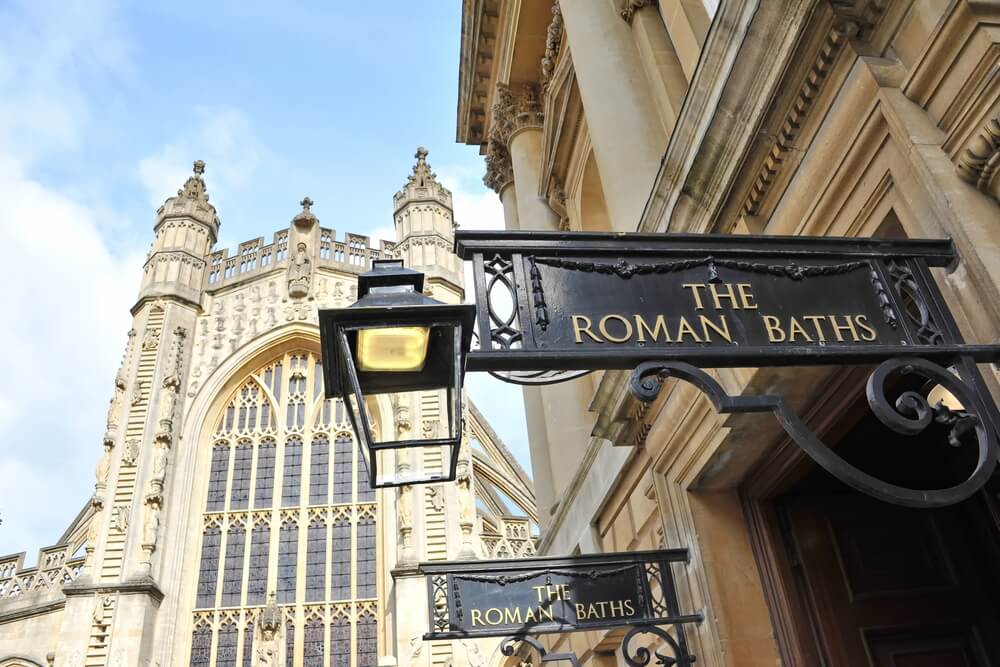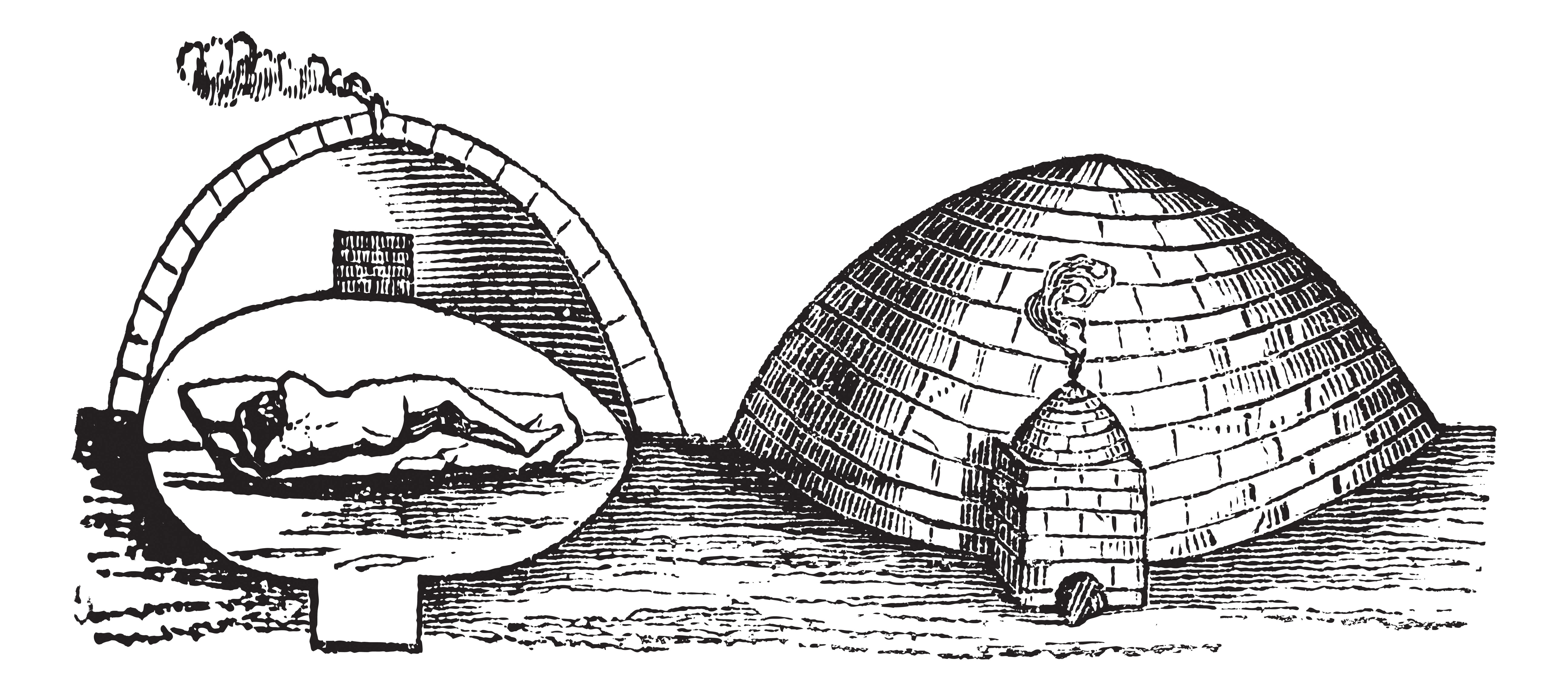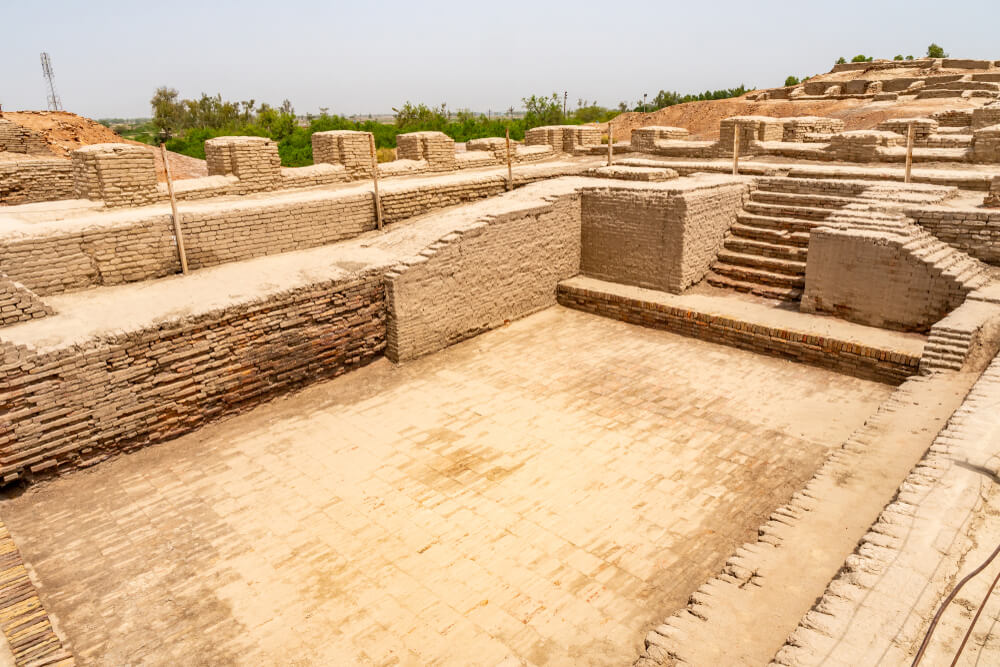A Time-Traveler's Guide to Steam Bathing
.jpeg?width=1923&height=1559&name=iStock-155874122_(1).jpeg)
While time travel is still a fantasy (for now!), steam bathing has been accompanying humanity through space and time. As soon as people discovered the multiple benefits of steam, they started experimenting.
Steam bathing's most recent incarnation, steam showers, combines the impressive results of steam experiments with the newest technologies and numerous benefits uncovered by modern science.
Today, you have a unique opportunity to join us on a journey through time to learn more about how our ancestors have been leveraging steam bathing for fun, health, and relaxation.
Indus Valley
The Indus Valley (also called Harappan) holds one of the oldest civilizations in human history. Historians date this earliest known urban culture in South Asia to 2500 – 1700 BCE.
The people of the Indus Valley are especially famous for creating standardized weights and measures. They were highly technologically advanced (considering the time). Their water supply and drainage systems were especially impressive.
Even back then, people had an in-depth understanding of the importance of bathing. They built the famous Great Bath (at Mohenjo-Daro, Pakistan) for ritual cleansing. Excellent bath structure and advanced drainage allowed Harappans to enjoy the multiple benefits of bathing.
While more studying is yet to be done, the bath structures of this great civilization could have contributed to the emergence of steam bathing.
Ancient Greeks and Romans
Greeks and Romans made a giant contribution to the beauty, health, and well-being industries as we know them today. They clearly understood the utter importance of bathing for cleaning and sanitation. They dug deeper to explore the possibility of relaxation and wellness contributions.
Ancient Greeks experimented with mineral baths for healing purposes. Different types of baths played a significant role in treating skin diseases, easing joint pain, and driving relaxation. In fact, they were so famous that both Homer and Hesiod referenced restorative baths in their poems.
Hot tubs, hot-air baths, and laconicum (sweating room) helped Greeks and Romans restore their physical and emotional health. Over time, steam baths gained immense popularity. Their muscle and joint recovery benefits turned these baths into an integral part of the Greek lifestyle. Olympians (athletes, not gods… or maybe gods too) were especially pleased.

Aztecs and Mayans
While unnconnected, Romans and Mayans had many things in common. From advanced arts and sciences to numbering systems, these two empires were highly cultured.
And, of course, both of them took full advantage of steam baths.
Recently, excavations of Piedras Negras and El Paraiso uncovered the ruins of sweat houses. While all they got to see was stones, the layout gave archeologists an understanding of the major role these baths played in these people's lives.
Both Mayans and Aztecs, who came later, took advantage of sweat houses called temescals or temazcals. They were used for many purposes, including:
- Purifying the body after a battle
- Healing the sick
- Improving health
- For giving birth
From spiritual healing to health enrichment, steam baths significantly influenced the lives of people who resided in the ancient Mesoamerican region. To produce steam, they had to pour water over volcanic stones that were heated with fire.
Ancient Celtics
Ancient Celts discovered the benefits of a steam bath thanks to the hot mineral springs in Roman Britain (now Bath, England, UK). The spring maintained a temperature of an impressive 104 degrees Fahrenheit and produced water at a rate of 300,000 gallons per day.
According to the local legend, King Lear's father Bladud discovered the springs' healing properties while watching pigs. A pig family loved rolling around in the spring waters and always came out happier and healthier. Bladud, who suffered from leprosy, decided to do the same. In just a short time, he was cured.
Celts believe that the spring was protected by a Celtic goddess Sulis. When Romans came, they called the place "Waters of Sulis" or Aquae Sulis" and used it to build a world-famous spa. The large bath structure that attracted thousands of Romans leveraged a combination of steam, hot baths, and cold baths to achieve impressive results.
Ottoman Hammams
Hammams are an integral part of Turkish culture. If you've ever been to Turkey, you know that locals put great importance on this relaxation sanctuary. Usually, it's a building with several rooms with varying heat and humidity levels. You can move from one room to another to maximize the relaxation and health benefits without ever getting bored.
During the Ottoman Empire's reign, Turkish hammams combined major elements of the Roman bath with the benefits of flowing water.
Initially, hammams were built near mosques so worshippers could wash before praying. With time, it became a widespread phenomenon that made its way into many countries, carrying the culture with it.
Russian Banyas
Banyas are an essential part of Russian history. While the exact time these steam houses were born is unclear, historians date them back to 440 BCE. In Histories, Herodotos wrote about people who lived to the north of the Black Sea and had bathhouses that beat anything Greeks could ever come up with.
Russian banyas used to look like simple wooden structures built near lakes or rivers to simplify access to water. People would come there to cleanse, socialize, and relax. With time, they evolved into elaborate structures built with logs and stones to ensure excellent insulation.
Today, the banya experience still comes with several traditions. However, diving deep into rituals is hardly necessary to take full advantage of the benefits of health, relaxation, and rejuvenation.
19th Century America
Have you ever heard of colonial spas? They have a vibrant history. During the colonial period, spas emerged as popular destinations where individuals sought healing, relaxation, and socialization. These spas were influenced by European traditions and catered to the upper class and elite society.

To increase the benefits of the colonial spas, the elite built them in scenic areas and always added grand bathhouses. These bathhouses provided access to the mineral springs, where visitors could bathe or drink the mineral-rich waters.
With time, colonial bathhouses became available to all city dwellers. Besides mineral springs, they came with steam, vapor, and even mud baths.
The Rise of the Steam Shower
Centuries of traditions, improvements, and rituals gave birth to the steam treatments we know today. MrSteam's founder took steam management one step further to combine the benefits of steam therapy with the latest technologies. This is how MrSteam's first steam shower was born.
Today, you don't have to seek out a bathhouse that caters to your relaxation and healing needs. You can enjoy one in the comfort of your own home.
MrSteam doesn't stop with steam therapy. We take it two steps further to combine steam, music, and scents to create a holistic experience with ancient traditions in mind.
As years go by and new technologies emerge, MrSteam enhances, streamlines, and reinvents steam showers to capitalize on steam benefits, maximize convenience, and provide top-notch comfort.
If you want to go futuristic, you can even own a steam shower built with streaming capabilities to Netflix, ESPN, and other services.
From Public Rituals to Private Relaxation
While time travel sounds exciting, we have yet to discover its benefits (or downsides). Today, you have a timeless opportunity to focus on your health and well-being without studying physics or exploring the speed of light.
By mixing tradition with technology and sprinkling the result with creativity, MrSteam allows you to immerse yourself in a gratifying experience without leaving your house or breaking the bank.
Romans, Greeks, Turks, Celts, Mayans, Indians, Aztecs…millions of people can't be wrong. Explore the multiple benefits of in-house steam power and see for yourself!

 SEARCH
SEARCH
 FIND A DEALER
FIND A DEALER







